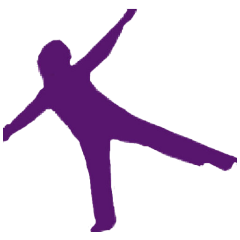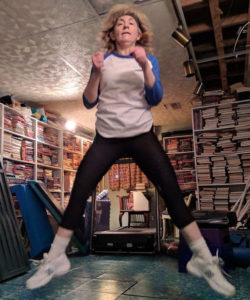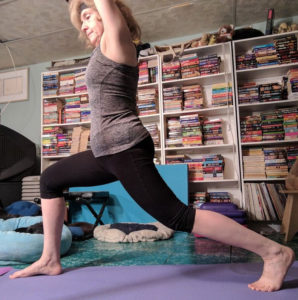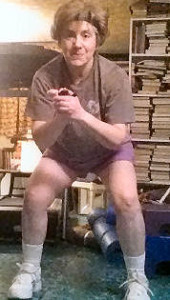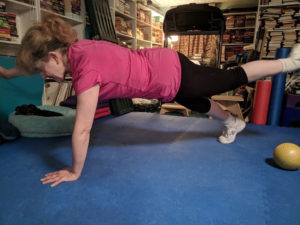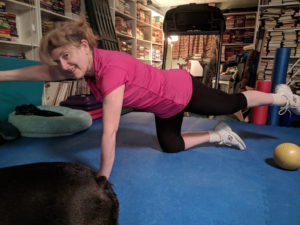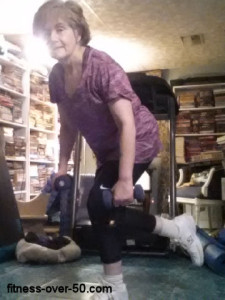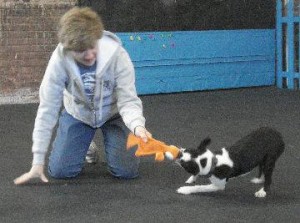Guilt and exercise / or not exercising
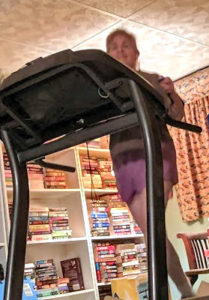 I’ve been thinking about guilt lately, specifically how it relates to exercise.
I’ve been thinking about guilt lately, specifically how it relates to exercise.
Are you torn between your guilt about exercising and not exercising. Spending time working out or with family? Do feel like your brain is on the treadmill even when you’re not?
Have you felt guilty about not exercising?
Or guilty about exercising when you could be doing something for your family?
I’m here to tell you to get over it!
If you’re doing something productive –
If you feel guilty about not exercising – are you doing something else that’s worthwhile? Are you working? Earning a living? Helping your family with something? If you’re engaged in an activity that’s productive, then you can work out another time. Schedule it! Put it in your calendar! (One that you actually refer to on a regular basis.)
If you’re not doing something else worthwhile, then you should feel guilty, so get up and move!
Seriously, though, you’re probably spending more time and energy feeling guilty than you would if you’d stick in a DVD and did a workout. You’ll feel terrific afterward – virtuous and healthy!
Are you exercising when you should be doing something else?
Are there really important things that you should be doing when you’re working out? Or are they just things to get to … some time?
If they’re the really important things, go do that and, again, schedule a workout.
Now, only you can determine if those things you’re thinking about are “really important things” that should be done now, or if they can wait.
The key, it seems, is to prioritize tasks. And then use your calendar so you’re sure not to forget the specific tasks that you need to get done.
But don’t leave out exercise!
If you’re feeling guilty about spending time on yourself when you could be doing other things for family, friends, or work, then don’t.
By spending a little time (as little as 30 minutes a day 4-5 times a week) on yourself exercising, you’ll be gaining a healthier you. A you that will be around longer for your family. A you that can spend the quality time with your family that they deserve. And a you that will be more productive at work.
So stop feeling guilty. Write down and prioritize the things you need to do.
